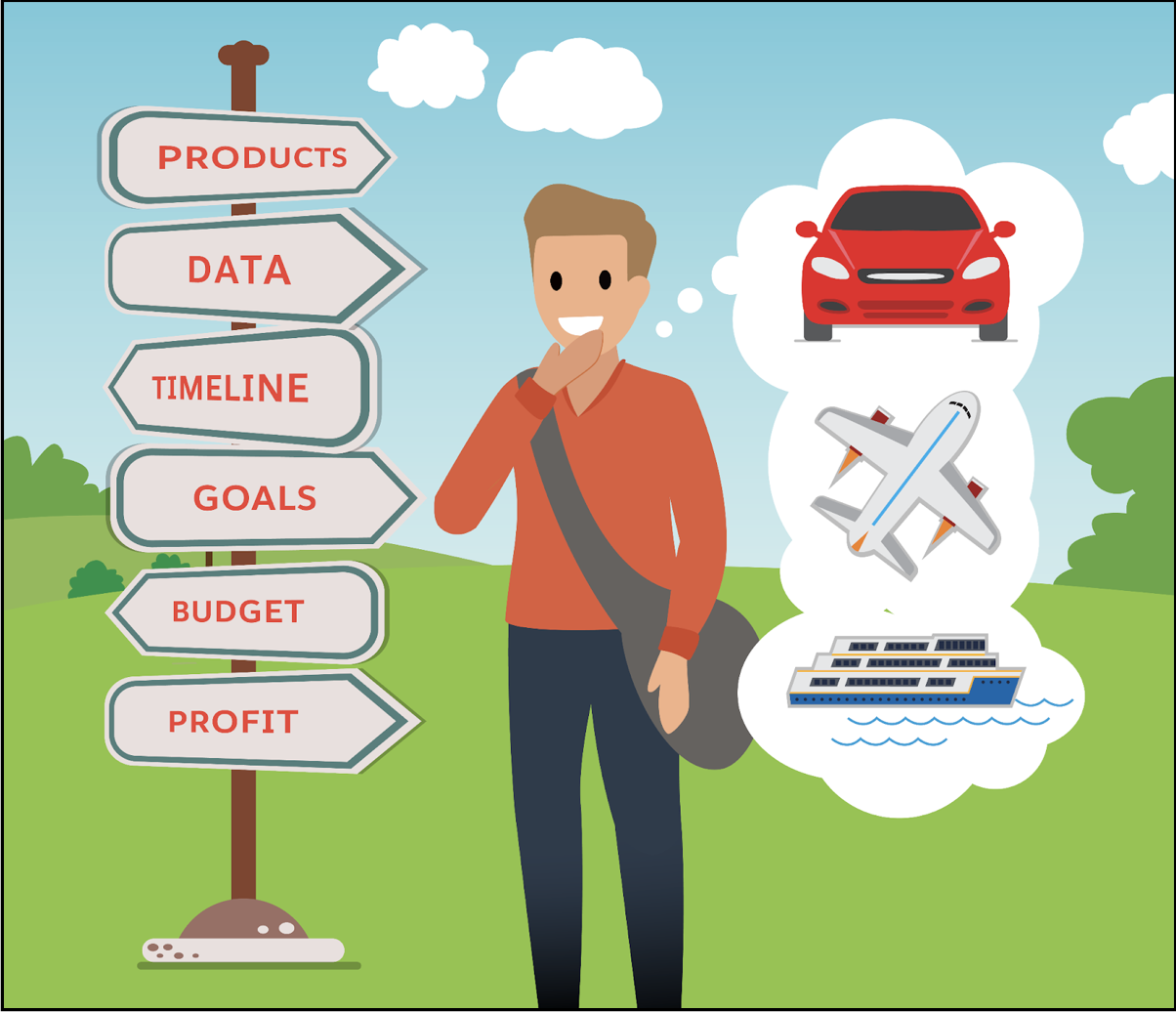Plan Your Promotions
Learning Objectives
After completing this unit, you’ll be able to:
- Explain the different types of promotions.
- Describe the ways to create a promotion.
- Explain the steps the key account manager takes when planning promotions.
Push That Product
Gustavo has now identified the products to promote, created the initial account plan, determined the KPIs that track promotion success, and identified any increase in sales needed to hit sales targets. All of this is accomplished in Salesforce TPM and displayed in the Account P&L. Now it’s time for Gustavo to figure out the best ways to sell that product.
Ultimately, a successful promotion increases product sales. But that’s not the only benefit promotions deliver. Promotions also boost brand awareness, raise product visibility, and boost sales numbers. The right mixture of promotions achieves all of these goals and makes it possible for KAMs like Gustavo and their teams to meet their targets.
Plan Your Promotions
The key to the right promotion is to first determine what consumers want and then how to best deliver that. Let’s see what the different types of promotions are.
- Consumer promotions are benefits a consumer receives while purchasing the product from a retail store. Something motivates the consumer to buy, whether it’s cost savings or an added benefit. These buyer-specific strategies are referred to as consumer promotions.
- Trade promotions are targeted at retailers for the retailers to earn benefits. Retailers retain the option to pass along their benefits, such as cost savings, either partially or completely to their customers.
In Salesforce TPM, we focus on trade promotions and strategies used by consumer goods manufacturers during a promotion. The different strategies adopted by the manufacturer in a promotion are known as tactics. Examples of tactics can be specific efforts, sales, displays, and events within one promotion. A “promotion” in Salesforce TPM is just a timeframe in which to embed tactics.
Keep a Track of Your Tactics
No matter how many tactics exist within a promotion, Salesforce TPM users have it under control. Gustavo and his team create tactics in Salesforce TPM even as they’re developing promotions, keeping both levels of strategy on track and up to date.
There are four ways to create a promotion in Salesforce TPM.
- Create the promotion from the start.
- Copy an existing promotion and all related elements and then edit it as per requirements.
- Derive a promotion based on an existing, higher-level promotion, like transforming an account promotion into a category or brand promotion.
- Access multi-level promotions created by someone other than the KAM.

Different Types of Promotions
Sometimes, it feels like there are as many types of promotions as there are products to promote. While it’s impossible to list all the promotion types available to configure in Salesforce TPM, here are a few examples.
| Promotion | Example | What Makes It Different |
|---|---|---|
|
National or Regional Events |
Holiday promotions |
Created during a time frame in the promotional calendar when a holiday or event is having public attention, often in a whole region or country. These promotions are not product-specific, and include a wide range of products and categories. |
|
Marketing Activities |
Cookie or snack promotions for back-to-school season |
Created by a team member, like a brand manager, and focused on product categories. Marketing activities provide a framework for other promotions and define a time frame for those promotions to take place. |
|
Tailor-Made Promotions |
Special displays created to launch a new energy drink |
Created from the start and focused on specific products or specific customers |
|
Long-Term Agreements |
Slotting fees—the cost that manufacturers pay to place products on a retailer’s shelves |
Special promotions that define specific agreements between the consumer goods manufacturer and retailer |
Explore Promotion Templates
Salesforce TPM has templates for users to organize and track their promotions and tactics. Gustavo checks out the different components of a promotion template.
| Inside the Template | What It Represents |
|---|---|
|
Promotion Slogan |
Identifies the promotion and defines how it appears in the trade calendar. |
|
Dates |
Signifies when the promotional tactics will run. The promotion time frame is the duration of the promotion. Commit date represents when different parts of the promotion will occur. |
|
Promotion Phases |
Represents the current stage of a specific promotion. Phases include Planning, For Approval, Modeling, Rejected, Canceled and Committed. |
|
Tactics |
Indicates the actionable parts of the promotion. Tactics create the cost for the promotion. |
|
Anchored Customer |
Indicates the retailer, whether one customer or many, for the promotion, and indirect promotions, distributors, or channel partners. |
|
Promotion Products |
Identifies the products that are part of the promotion. Salesforce TPM allows products to be imported from a spreadsheet or entered manually. |
Now that Gustavo and his team have planned their tactics and are set up in Salesforce TPM, it’s time to execute the promotions. Let’s join Gustavo in the next unit as he runs the promotions, makes payments to retailers, and analyzes the promotions’ effectiveness.